- Article Index
- About Us
- Contact
- Language/Idioma
-

-

The Nikon D800 Quick Review:
The Nikon D800 - First Impressions.
After having a little play around with the D800, there are a couple of things that stand out straight away. The first big thing to report is the file size. Yes, it is huge, but not that huge, they're around the 50 to 55MB per .NEF file. A bunch of 12 photos ended up having a size of 624 MB. That's what, about 450 floppy disks! As a test to see what sort of processing power you need to post-process these files I have been able to sucessfully modify and manipulate the .NEF files on a 10 year old Pentium 4 running XP with 4 GB of RAM. It was slow, but I could get the job done. I then modified some RAW files on my Core i7 laptop with 3GB RAM and it worked no problem. It seems internet scaremongering is unjustified. If you have a decent machine it will work fine. The only thing you will need is a bigger hard drive to store the RAW files. You will also need to update your Capture NX2 software to Version 2.3. Also, if you are a fan of Photoshop, you will need a later version of this, version CS5 or higher.
The second thing that jumps out is the sensor dynamic range, it's head and shoulders above the D700. When you think you might have some blown highlights, a little exposure adjustment in Capture NX2 brings some of that detail back. If the highlights are well and truly blown it will end up lost but I was surprised to see the level of detail that could be recovered by a small exposure adjustment. The same can be said for the shadows. A shadow adjustment brings out more detail than I was seeing on my D700.
Live View has been completely revamped. Now it is something that I would actually use as it is extremely effective if the camera is mounted on a tripod. You can move your focus point anywhere on the screen. Unlike the D700, you only need to press the shutter once to take the shot. It is far more user friendly and definitely one of the big improvements over the D700.
The big tests for me however were the resolution and ISO tests. To check the image quality of the D800 I ran a number of tests versus my D700 (which has the same sensor as the older D3 body). The conditions were as identical as possible and all photos were taken within 5 minutes. The aim was to take a look at the detail levels recorded by both cameras and to check the ISO performance and see does the D800 actually perform as well as the DxO Mark website was saying.
The baseline images on both cameras were taken using a Nikkor 105mm f/2.8 Micro at ISO800. The ISO was then increased in 1-stop increments until the ISO limit of the camera was reached (which on the D800 is one stop more than the D700). Given the DxO Mark website says the D800 is streets ahead of the D700 on the ISO front, even taking into account the tripling of the number of megapixels, I was keen to see was this the case in real life. Normally you would expect smaller pixels to have poorer ISO performance.
As the resolutions of the images are different, 100% crops of each image will be different. Instead I have cropped the same part of the image to compare fairly. All images are straight off the camera, no sharpening or post processing has been done:
D800

D700


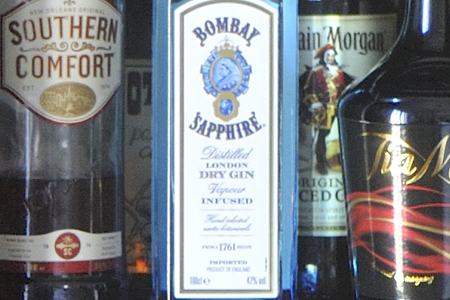
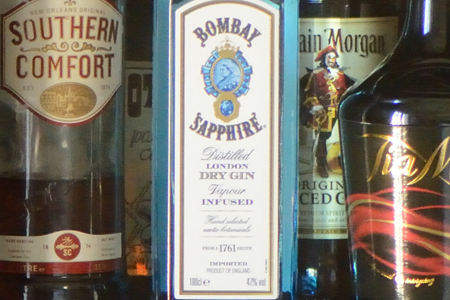
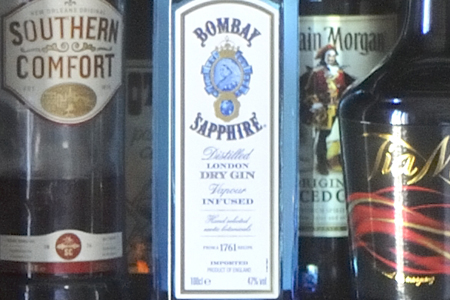
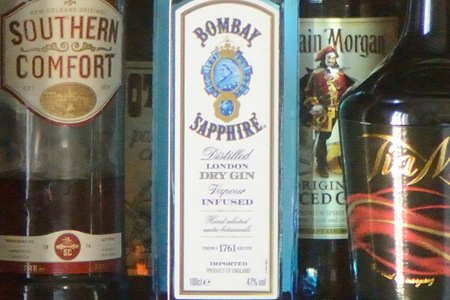
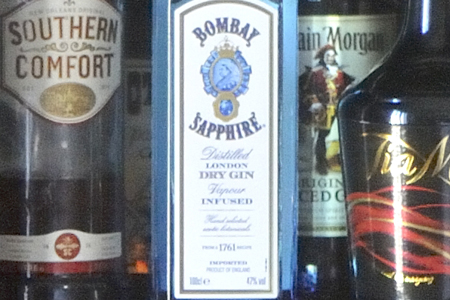

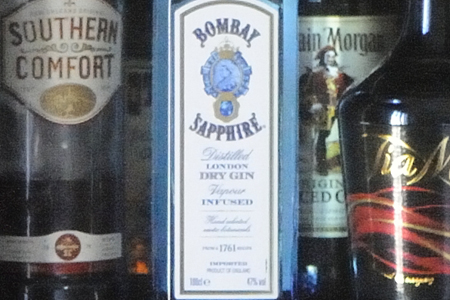

No ISO setting of 25600ISO for the D700
I think it is fair to say that the D800 low light performance is certainly a stop better than the D700. I would even say it has one and a third stops better low light performance. Both cameras fall apart at their max ISO but with the D800 you could get away with taking photos at 12800ISO. Though noisy, for small prints it would go unnoticed and with some noise reduction software you would end up with very acceptable images.
You can take a look at the 100% quality JPEG ISO800 files here for the D800 and here for the D700. You will see that the cropped segments above are a small part of the original image and the level of detail captured by the D800 is pretty incredible especially in the more shadowed areas. The D800 image is 22MB in size so it will take a while to load. The D700 file is 8MB.
So it is plain to see the ISO handling of the latest generation Nikon is pretty amazing when you consider the little 35mm sensor has triple the number of pixels. Cramming all those pixels in there has not affected low light handling at all which goes against all beliefs to date. Whatever magic trick Nikon has used on its little pixels I sure hope they have patented it! Where the D800 seems to really shine is when it is mounted on a tripod. I'll follow up with a more detailed critique in a few months but certainly first impressions are excellent. It would be interesting to see how the D4 handled at 12800ISO and beyond. If anyone wants to loan me a D4 for a weekend then get in touch. There is a bottle of Bombay Sapphire in it for you!
Check back on the site in a few months for the more detailed review or alternatively check out and “like” our Facebook page and you will get details of new articles posted straight to your newsfeed as soon as they are posted on our site. You can also find us on Google and Twitter. Author: Imagen Estilo

 Recently I had the pleasure of shooting with David and Sonia, I found them both to be very talented and professional to the nth degree. The images from our shoot are just fabulous! Lynne K
Recently I had the pleasure of shooting with David and Sonia, I found them both to be very talented and professional to the nth degree. The images from our shoot are just fabulous! Lynne K